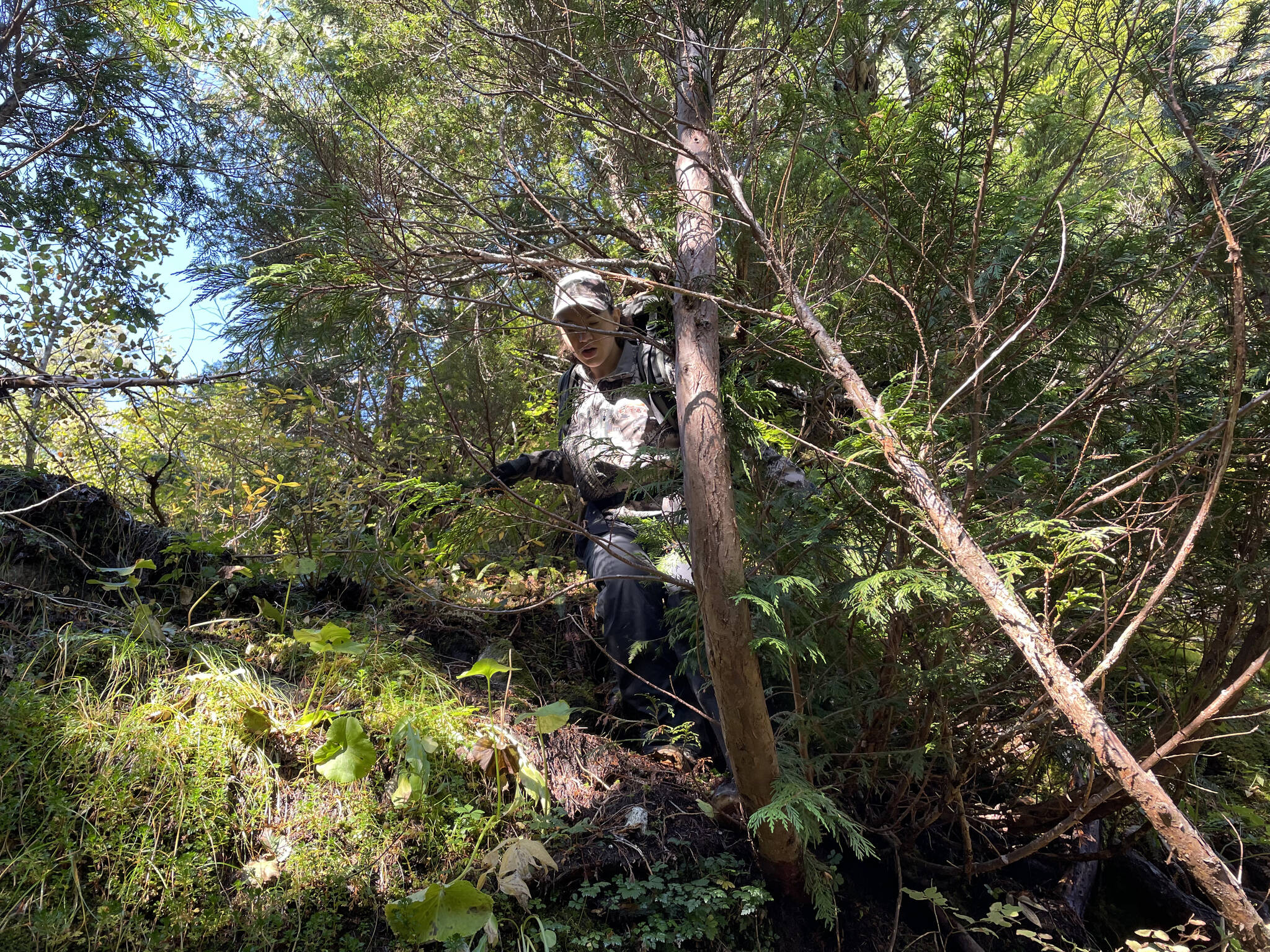I am terrible at objectivity.
I find what I want to find and proclaim certainty. This is not helpful. In fact, it is positively damaging to my growth and prospects of success going forward.
But objectivity can be a tricky thing. It necessitates truthful admission of a nuanced reality, rather than a cherry-picked construct.
So I can’t decide if my hunting spot is a good one that has yet to produce, or if I am wasting my time being loyal to a lost cause.
I saw a buck there in July and made a point to visit that buck’s ecosystem during hunting season. I’ve been back there twice now and have only see a pair of does. I am pretty convinced this spot holds deer so I am assuming I am hunting it wrong or that it’s simply a matter of waiting until rut when their self-preservation instincts are compromised. Afterall, where there are does, there are eventually bucks. Usually. Hopefully.
But maybe I’m being delusional. Maybe I was lucky to spot that buck, I hadn’t lucked into a good spot.
The first time I ventured back the weather didn’t cooperate. I say “back there” because it’s a pocket of habitat that doesn’t easily transition to others. That is, it’s not a huge area with consistent features and easy transitions. It’s one of those areas you expect the population could live their entire life within a few square miles traversing up and down as the weather and food allowed. It’s also in a rugged spot that is a hassle to access. The type of place that screams big bucks.
But I haven’t seen even a curious little forkie.
I figured the first time I only saw a pair of does Aug. 13 was thanks to the cloud cover that stuck around stubbornly, right around the elevation bucks should be bedded or feeding. However, the weather was cool and perfect when my wife and I went back in September and we didn’t even see a doe.
I can’t help but wonder if I am projecting attributes that aren’t really there. The evidence suggests it’s not a high traffic area. There are a few rubs but nothing like other places I have seen. There are tracks and sign, but nothing special.
There is a common narrative in hunting that the further you go, the better. The more you sacrifice, the harder you go, the more you will be rewarded. That is a common narrative because there is a lot of truth to it. Go further than other people are willing to go, and you will often be rewarded.
But not always. How many town bucks do you see posted in July bedded on lawns and eating flowers, strawberries or whatever else people are trying to grow? They don’t leave a week before the opener to journey thirty miles out of town to a different island or up a remote inlet to a secluded cluster of mountains. Hunting closer, better, often works.
Still, in light of all the evidence I have thus far collected, I still believe my pain-to-get-to spot will be referenced in the hushed, ambiguous tones of a hunter who had discovered a honey hole.
Better yet, maybe I will one day write a perseverance column, patting myself on the back for staying true to the truth, even if the truth is I just got lucky.
Facts and truth seem to be pretty subjective nowadays anyway.
• Jeff Lund is a freelance writer based in Ketchikan. His book, “A Miserable Paradise: Life in Southeast Alaska,” is available in local bookstores and at Amazon.com. “I Went to the Woods” appears twice per month in the Sports & Outdoors section of the Juneau Empire.

